Aeonium leaf scarring?
ishuku
10 years ago
Related Stories

HOUSEPLANTSMeet a Long-Lasting Houseplant With a Forgiving Heart
Low light and little watering won't scar Zee Zee plant for life; this East Africa native has a tolerant nature and an exotic beauty
Full Story
CONTAINER GARDENS3 Steps to Creating Quick, Easy and Colorful Succulent Containers
Take a bright container, add a colorful succulent or two and have a professional, summery design in minutes
Full Story
KITCHEN DESIGNGoodbye, Island. Hello, Kitchen Table
See why an ‘eat-in’ table can sometimes be a better choice for a kitchen than an island
Full Story
DECORATING GUIDESLessons in Living Comfortably: Embrace the Scratches and Dents
When you celebrate wear and tear, you send a message that your home is designed for relaxation
Full Story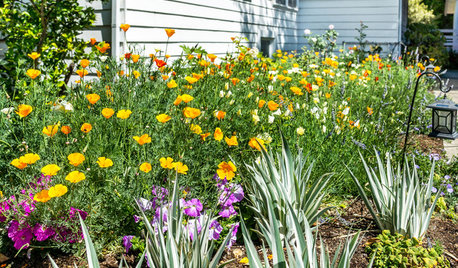
LANDSCAPE DESIGN10 Ideas for a Creative, Water-Conscious Yard
Check out these tips for a great-looking outdoor area that needs less water
Full Story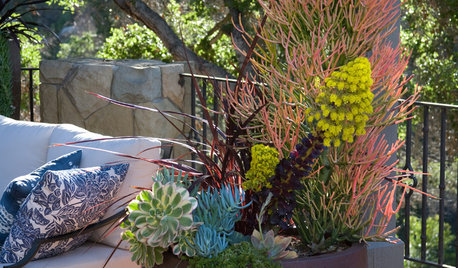
FALL GARDENING12 Fabulous Fall Container Gardens
Celebrate the season with potted displays rich in color and texture
Full Story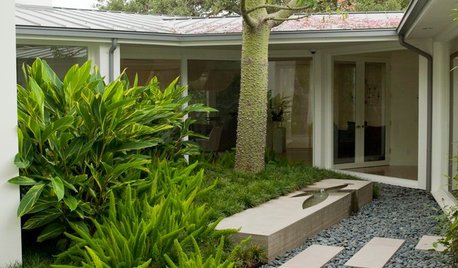
FOLIAGEGreat Design Plant: Foxtail Fern
Not actually a fern, this vivid member of the asparagus family has a distinctive appearance to awaken a garden year-round
Full Story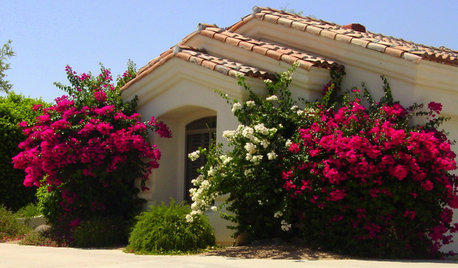
LANDSCAPE DESIGNGreat Design Plant: Sun-Loving Bougainvillea Showers Yards With Color
Bring unbeatable vibrancy to a garden or wall with this unfussy and trainable shrub packed with colorful bracts
Full Story
GARDENING GUIDES10 Drought-Tolerant Shrubs That Thrive in Full Sun and Reflected Heat
Got a hot spot in your garden where plants often die? Try these tough shrubs that add beauty while shrugging off the heat
Full Story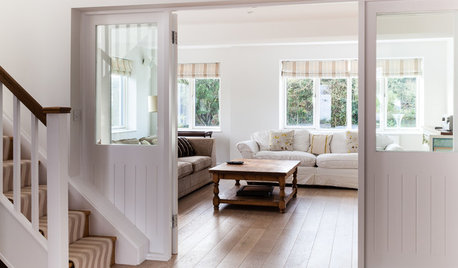
BUDGET DECORATING9 Tricks to Boost Your Home’s Appeal for Less Than $400
Whether you’re redecorating or just doing a quick update, check out these ways to enhance your home on a budget
Full Story





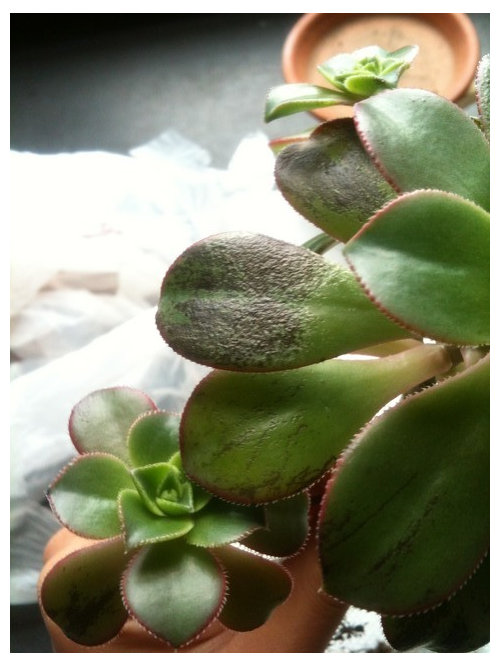
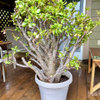
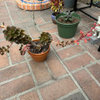
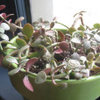
kateanne
Colleen E
Related Professionals
Foothill Ranch Landscape Architects & Landscape Designers · Lakeland Landscape Contractors · Elmhurst Landscape Contractors · Fort Payne Landscape Contractors · Lemont Landscape Contractors · Thornton Landscape Contractors · Arlington General Contractors · Anchorage General Contractors · Berkeley General Contractors · Mount Vernon General Contractors · Palatine General Contractors · Green Bay Decks, Patios & Outdoor Enclosures · Philadelphia Decks, Patios & Outdoor Enclosures · Quincy Decks, Patios & Outdoor Enclosures · Richmond Decks, Patios & Outdoor EnclosuresishukuOriginal Author
Colleen E
ishukuOriginal Author
rosemariero
abozzuto
Kara 9b SF Bay Area CA
abozzuto
abozzuto
Kara 9b SF Bay Area CA
Sueanne Siek